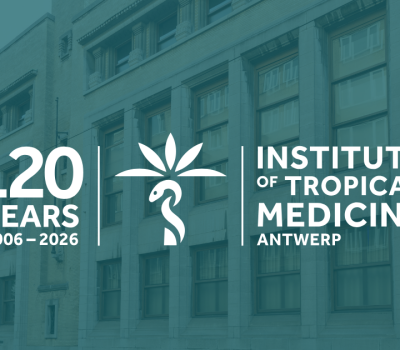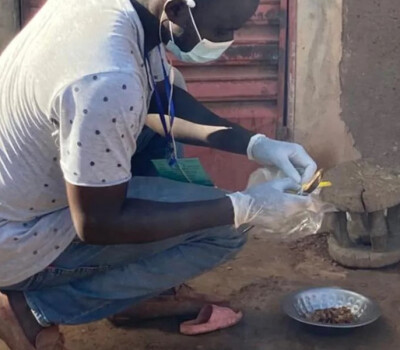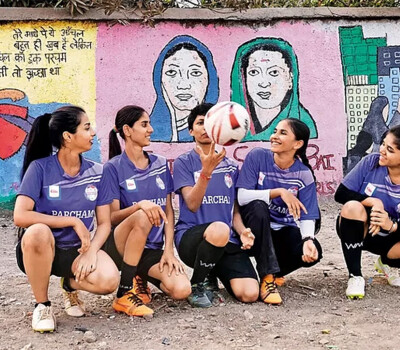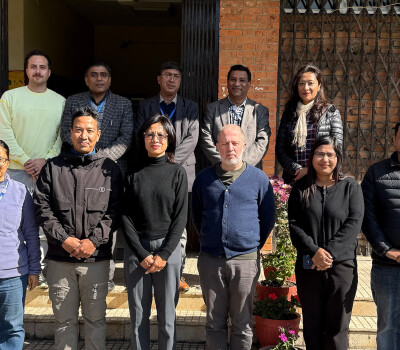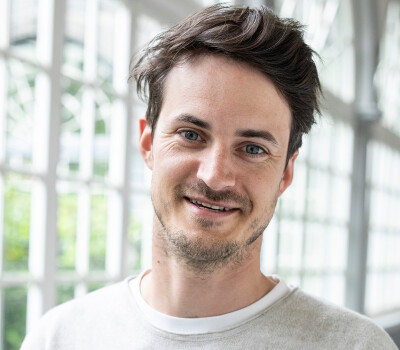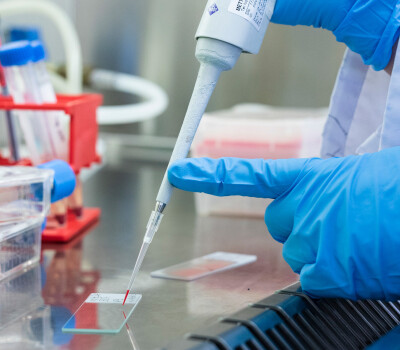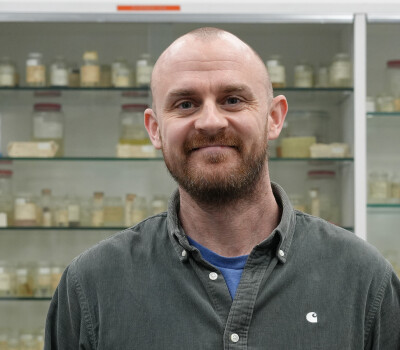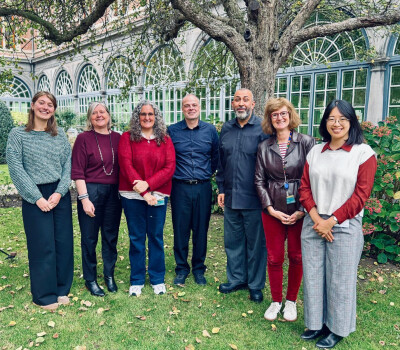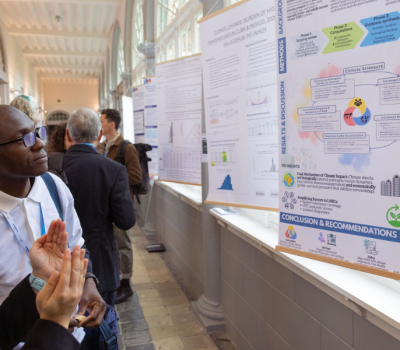Breaking the chain of transmission

At the start of this year, researchers Saskia van Henten and Myrthe Pareyn, from the Clinical Sciences Department, travelled to southern Ethiopia. They started the second phase of a research project that evaluates the treatment of cutaneous leishmaniasis in the local population. With the project, they hope to provide an alternative for traditional treatment that is now being used.
The village of Ochollo in Ethiopia, a hotspot for cutaneous leishmaniasis
Ochollo has a population of about 5000 and is known for its many cases of cutaneous leishmaniasis (CL). CL is a skin infection caused by the Leishmania parasite, which is transmitted by the bite of a sandfly. More than 65% of primary school children in the village have active lesions or scars from previous CL episodes. Despite decades of research in this village community, treatment interventions have never been implemented or tested.
In southern Ethiopia, CL is normally treated with a month-long hospitalisation. However, this is not an option for most Ochollo residents. The nearest hospitals are too far away and most people cannot afford to pay for the treatment. Therefore, they have to rely on traditional medicine such as herbal treatment containing irritating substances or by burning the lesions with hot iron, which can leave the patient with severe scars.
Alternative with modern treatment
Building on their earlier work on CL in Ethiopia, Saskia and Myrthe designed a multidisciplinary project to assess the impact of a community-based CL treatment with modern medicines. Myrthe discovered during her PhD that people are an important reservoir of transmission. ‘This means that they can be a carrier of the parasite, so if a send fly bites them, this insect can transmit the parasite to other people. It is therefore crucial to detect CL cases as soon as possible and to treat the patients immediately, so that the parasite does not get the chance to spread,’ she explains. ‘Within this project we try to treat as many patients as possible in Ochollo. Patients with small lesions receive cryotherapy with liquid nitrogen. While patients with multiple or severe lesions are given miltefosine, the only oral medicine against leishmaniasis that is available today,’ says Saskia.
Treating patients in their own village
CL treatment takes about a month. In this project, patients are not treated in a hospital, but on site within their own community. So patients do not have to make a long journey to a hospital in the city, and they are not separated from their family and surroundings. The latter is particularly important for young children.
During the treatment, both the effects of the treatment and the satisfaction of the patients are measured. This way, they find out the effectiveness of treating them within the community. They also monitor the broader impact by looking at whether the faster detection and treatment has an impact on transmission (measured by the presence of Leishmania in sand flies) and how the community's views on the modern treatment change before and after they provide the treatment on-site.
The first phase of the project started in autumn 2021. That phase consisted of a sand fly survey in Ochollo and a control village, where patients were not treated. In addition, Ethiopian master's students from Arba Minch University surveyed the perception and willingness to accept modern treatment among CL patients, as well as community leaders, traditional healers and health workers.
The second phase is the intervention part of the project. This phase started with the training of the mobile study team and the organisation of field activities. Then, a multidisciplinary team of doctors, students and laboratory specialists went into the field every day to collect information and provide treatments.
Saskia tells that despite the many challenges, they were able to include 109 patients in the study. The patients will be treated for our weeks and the results will be evaluated at one, three and six months after the start of the treatment. Myrthe adds she hopes this study will show that treating CL patients in the community helps to drastically reduce the number of cases of cutaneous leishmaniasis in that community and to offer them a better way to treat the disease.
The project is running in close cooperation with the Arba Minch University in Ethiopia, where a local grant was obtained. Saskia and Myrthe also received an FWO (The Research Foundation – Flanders) travel grant to start up the project.
Spread the word! Share this story on
